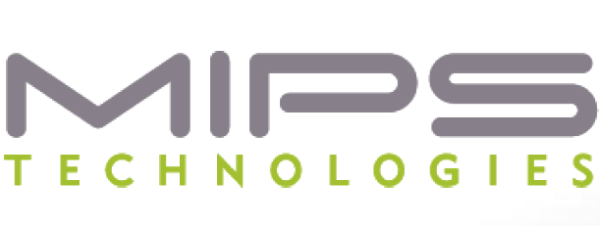MIPS Acquired by Imagination Technologies, Most Patents Go To Industry Organization
We are not exactly surprised that MIPS has been acquired since the company was shopping for a buyer for several months.
Imagination agreed to acquire the company for about $60 million in cash. The assets include the operating business as well as 82 of a total of 580 patents, and a perpetual license to the remaining 498 patents. At the end of October, MIPS reported cash and investment reserves of about $130 million, which will be retained to cover "tax and other liabilities". The leftovers will be distributed to the MIPS shareholders.
498 patents were acquired by Bridge Crossing, a new entity created by Allied Security Trust (AST) that apparently has the purpose to manage the patent portfolio. AST's member companies are Avaya, HP, IBM, Intel, Motorola, Oracle, Philips, and Research in Motion, but there was no information which of those companies participate in Bridge Crossing. What we know is that ARM has identified itself as a leading member of Bridge Crossing and said that it paid $167.5 million of a total of $350 million for the patent portfolio.
"ARM is a leading participant in this consortium which presents an opportunity for companies to neutralize any potential infringement risk from these patents in the further development of advanced embedded technology," said ARM CEO Warren East in a prepared statement. "Litigation is expensive and time-consuming and, in this case, a collective approach with other major industry players was the best way to remove that risk."
MIPS CEO Sandeep Vij said that, "after a thorough review of a wide range of alternatives to enhance shareholder value, our board of directors concluded that the best alternative for the Company would be the sale of patent properties to a consortium formed by AST, and a sale of the Company to Imagination."
MIPS' history dates back to 1981, when Stanford's John Hennessy began working on the MIPS RISC architecture project. MIPS was founded in 1984.
Contact Us for News Tips, Corrections and Feedback
Get Tom's Hardware's best news and in-depth reviews, straight to your inbox.

Wolfgang Gruener is an experienced professional in digital strategy and content, specializing in web strategy, content architecture, user experience, and applying AI in content operations within the insurtech industry. His previous roles include Director, Digital Strategy and Content Experience at American Eagle, Managing Editor at TG Daily, and contributing to publications like Tom's Guide and Tom's Hardware.
-
aznjoka This is such a smart acquisition by Imagination, I feel that they really are going to take off with this.Reply -
Oh... My... God...Reply
The technology world just gets worse and worse. MIPS was one of the best processor architectures ever made, and now its gone?
I should have been a doctor :-( -
blazorthon justposting72Oh... My... God...The technology world just gets worse and worse. MIPS was one of the best processor architectures ever made, and now its gone?I should have been a doctor :-(Reply
Gone? Possibly quite the opposite. With many companies having access to the patents and such, there may be a greater chance of something being made out of this technology in a decent time frame. -
A Bad Day Considering the fact that China was looking at MIPS for their national standard CPU architecture, I wonder what would be their response now that they're dealing with a different company.Reply -
QEFX blazorthonGone? Possibly quite the opposite. With many companies having access to the patents and such, there may be a greater chance of something being made out of this technology in a decent time frame.Reply
Agreed.
MIPS is still used in many chips, the problem is that you just never hear about it, and most are embedded so the typical person never even thinks / hears about it.
As for the best processor arch, I've got to go with Alpha. RIP DEC ... Compaq / HP did you wrong.
